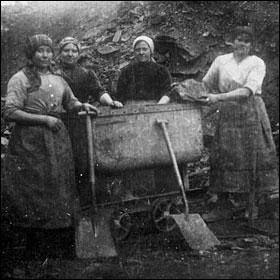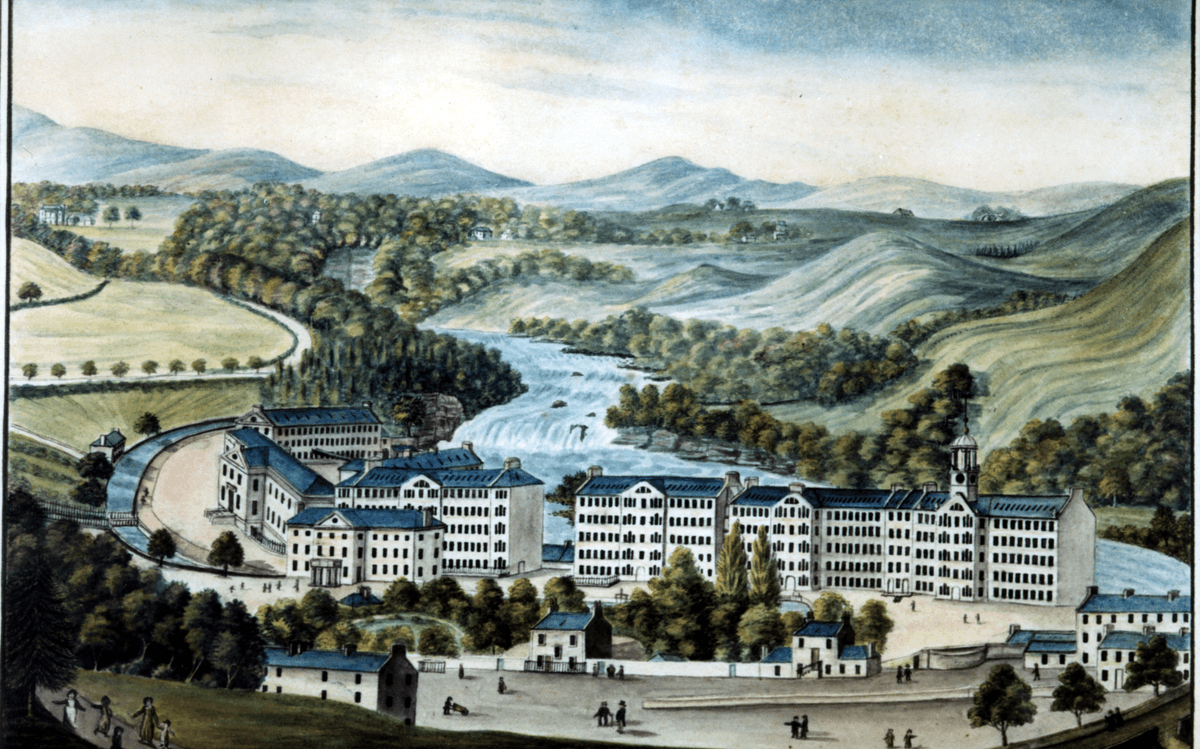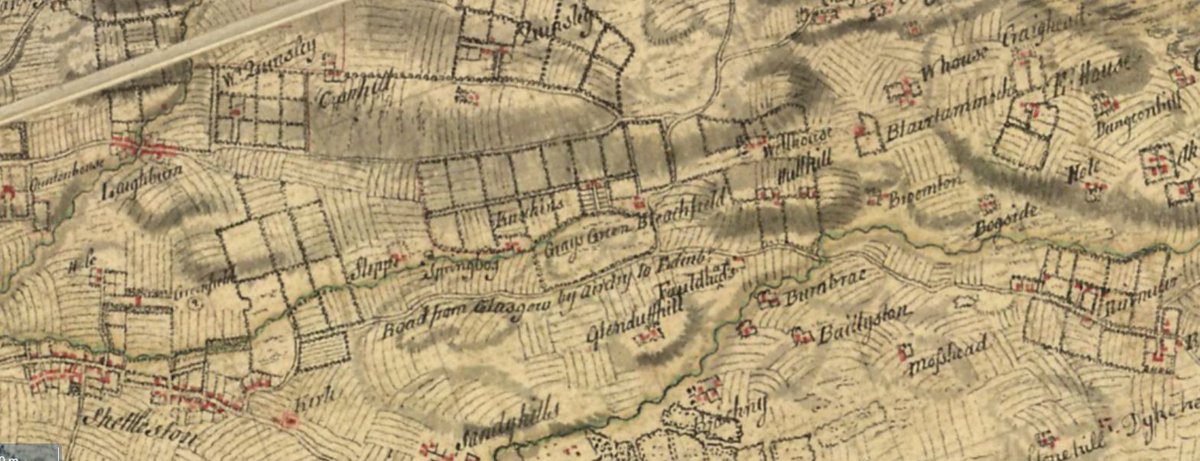
Mines had always had a large female element in their workforce; women were generally employed to carry coal to the surface. It was only in 1842 – with the Mines Regulation Act – that women and young children were banned from working below ground. 

The following passage is an extract of a book that was published by Robert Bald, a mining engineer at Alloa, in 1812.
Robert Bald, A General View of the Coal Trade of Scotland, Chiefly that of the River Forth & Lothian, to which is Added an Inquiry into the Condition of the Women who Carry Coals under Ground in Scotland, Known by the Name of Bearers, Edinburgh: Oliphant, Waugh and Innes, 1812
In those collieries where this mode is in practice, the collier leaves his house for the pits about eleven o’clock at night, (attended by his sons, if he has any sufficiently old), when the rest of mankind are retiring to rest. Their first work is to prepare coals, by hewing
them down from the wall. In about three hours after, his wife (attended by her daughters, if she has any sufficiently grown) sets out for the pit, having previously wrapped her infant child in a blanket, and left it to the care of an old woman, who, for a small gratuity,
keeps three or four children at a time, and who, in their mothers’ absence, feeds them with ale or whisky mixed with water. The children who are a little more advanced are left to the care of a neighbour; and under such treatment, it is surprising that they ever grow up or
thrive.
The mother, having thus disposed of her younger children, descends the pit with her older daughters, when each, having a basket of a suitable form, lays it down, and into it the large coals are rolled; and such is the weight carried, that it frequently takes two men
The mother, having thus disposed of her younger children, descends the pit with her older daughters, when each, having a basket of a suitable form, lays it down, and into it the large coals are rolled; and such is the weight carried, that it frequently takes two men
to lift the burden upon their backs: the girls are loaded according to their strength. The mother sets out first, carrying a lighted candle in her teeth; the girls follow, and in this manner they proceed to the pit bottom, and with weary steps and slow, ascend the stairs,
halting occasionally to draw breath, till they arrive at the hill or pit-top, where the coals are laid down for sale; and in this manner they go for eight or ten hours almost without resting. It is no uncommon thing to see them, when ascending the pit, weeping most bitterly
from the excessive severity of the labour; but the instant they have laid down their burden on the hill, they resume their cheerfulness, and return down the pit singing.
The execution of work performed by a stout woman in that way is beyond conception. For instance, we have
The execution of work performed by a stout woman in that way is beyond conception. For instance, we have
seen a woman, during the space of time above mentioned, take on a load of at least 170 pounds avoirdupois3, travel with this 150 yards up the slope of the coal below ground, ascend a pit by stairs 117 feet, and travel up on the hill 20 yards more to where the coals are laid
down. All this she will perform no less than twenty-four times as a day’s work […] The weight of coals thus brought to the pit by a woman in a day amounts to 4,080 pounds or above 36 hundredweight English4, and there have been frequent instances of two tons being carried.
The wages paid for this work, are eightpence per day!–a circumstance as surprising almost as the work performed […]
From this view of the work performed by bearers in Scotland, some faint idea may be formed of the slavery and severity of the toil particularly when it is
From this view of the work performed by bearers in Scotland, some faint idea may be formed of the slavery and severity of the toil particularly when it is
considered that they are entered to this work when seven years of age, and frequently continue till they are upwards of fifty, or even sixty years old.
The collier, with his wife and children, having performed their daily task, return home, where no comfort awaits them;
The collier, with his wife and children, having performed their daily task, return home, where no comfort awaits them;
their clothes are frequently soaked with water and covered with mud; their shoes so very bad as scarcely to deserve the name. In this situation they are exposed to all the rigours of winter, the cold frequently freezing their clothes.
-end-
-end-
• • •
Missing some Tweet in this thread? You can try to
force a refresh





